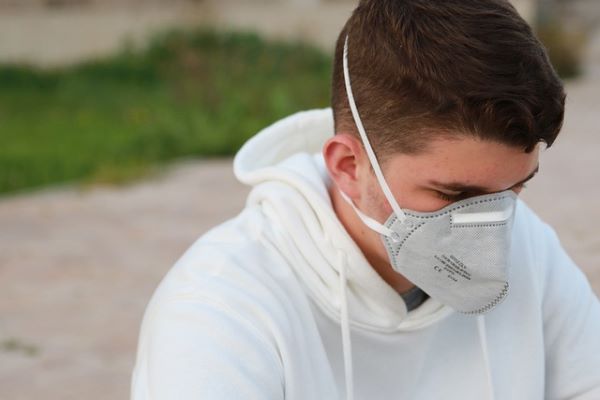The 2015 Nobel Prize in Physiology or Medicine was awarded for revolutionary advances in the fight against parasitic diseases. William C. Campbell and Satoshi Ōmura were honored for their discovery of a novel therapy against roundworm infections, while Tu Youyou was recognized for her discovery of a groundbreaking treatment for malaria. These discoveries have saved millions of lives and transformed the treatment of parasitic diseases worldwide.
Also, read: Now Know The Nobel Prize in Physiology or Medicine 2016: Yoshinori Ohsumi
The Discoveries: A Breakthrough in Parasitic Disease Treatment
William C. Campbell and Satoshi Ōmura: Therapy Against Roundworm Parasites
- Discovery of Avermectin
- Satoshi Ōmura, a Japanese microbiologist, isolated soil bacteria of the Streptomyces genus, which are known for their antibiotic properties.
- William C. Campbell, an Irish-American biochemist, identified Avermectin from these bacterial cultures, demonstrating its effectiveness against roundworm infections.
- Avermectin was later refined into Ivermectin, a drug that has become the cornerstone of treatment for diseases like river blindness (onchocerciasis) and lymphatic filariasis.
- Impact
Tu Youyou: Therapy Against Malaria
- Discovery of Artemisinin
- Tu Youyou, a Chinese scientist, drew from traditional Chinese medicine to identify Artemisia annua (sweet wormwood) as a potential treatment for malaria.
- Using ancient texts as a guide, she developed a low-temperature extraction method to isolate Artemisinin, which showed exceptional efficacy against malaria-causing parasites.
- Impact
- Artemisinin-based combination therapies (ACTs) are now the gold standard for malaria treatment worldwide.
- The discovery has drastically reduced malaria mortality, particularly in sub-Saharan Africa and Southeast Asia. (Source)
Roles and Contributions
William C. Campbell
- Role: Biochemist who identified the antiparasitic properties of Avermectin and led its development into Ivermectin.
- Contribution: Demonstrated the drug’s efficacy in treating human parasitic diseases. (Source)
Satoshi Ōmura
- Role: Microbiologist who isolated Streptomyces bacteria and provided the foundation for Avermectin’s discovery.
- Contribution: Opened new avenues for natural product-based therapies. (Source)
Tu Youyou
- Role: Pharmacologist and researcher who combined traditional medicine with modern science to develop Artemisinin.
- Contribution: Revolutionized malaria treatment, especially in developing countries. (Source)
Significance and Potential Impact
- Global Health Transformation
- The discoveries have provided affordable and accessible treatments for millions of people in low-resource settings.
- They have helped combat some of the most debilitating parasitic diseases in the world.
- Disease Eradication Efforts
- Ivermectin has been central to global efforts to eliminate river blindness and lymphatic filariasis.
- Artemisinin has significantly reduced malaria mortality rates worldwide.
- Inspiration for Future Research
- These achievements highlight the value of interdisciplinary research and the potential of natural products in modern medicine.
- They underscore the importance of global collaboration in addressing health challenges. (Source)
Challenges and Future Directions
- Drug Resistance
- Resistance to Artemisinin is emerging in some malaria-endemic regions, necessitating the development of new therapies.
- Continued vigilance is required to prevent resistance to Ivermectin.
- Expanding Access
- Efforts must continue to ensure that these lifesaving treatments reach the most vulnerable populations.
- New Discoveries
- The success of these discoveries encourages ongoing exploration of natural products for new therapies.
Conclusion
The 2015 Nobel Prize in Physiology or Medicine awarded to William C. Campbell, Satoshi Ōmura, and Tu Youyou honors their transformative contributions to global health. Their discoveries of novel therapies against roundworm infections and malaria have saved countless lives and continue to shape the fight against parasitic diseases. Their work serves as a testament to the power of science, innovation, and collaboration in addressing humanity’s most pressing health challenges.





